biology
Latest
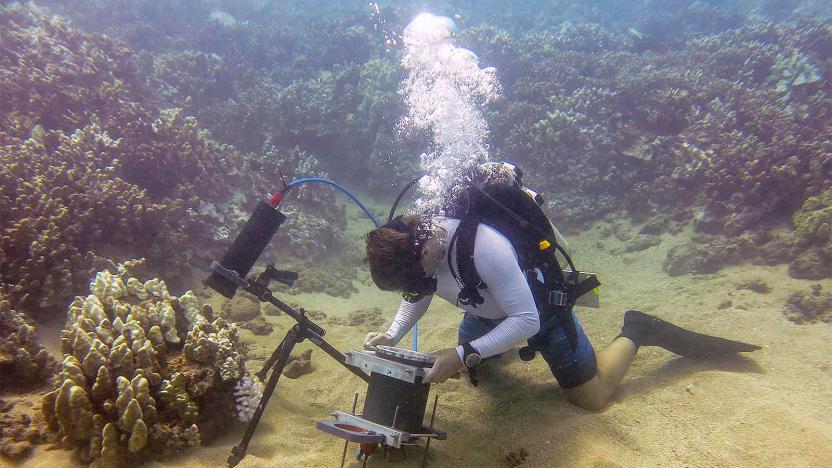
Underwater microscope offers a brand new look at sea life
Scientists have a hard time studying microscope sea life, and for good reason. Underwater scientific equipment can't study things at that scale, and bringing samples up to the surface frequently deprives them of that all-important natural context. Enter UC San Diego: its researchers have crafted the Benthic Underwater Microscope, the first undersea microscope that can study "millimeter-scale" activity in its native habitat. It combines a water-friendly computer with an imaging system that revolves around both a high magnification lens and a flexible, tunable lens that can see shapes in 3D. Combined with an LED ring light and fluorescence imaging, the system shouldn't be daunted by most water conditions or unusual specimens.

See the unusual way cancer cells spread
In many ways, the biggest problem with fighting cancer is containing it: you may kill the main tumor site, but there's a real chance that it'll spread and reemerge as a threat. At last, though, scientists have a better understanding of how that migration happens. British researchers have learned that cancer cells invoke an unusual survival mechanism when they start to float through the body. Proteins on the cell surface (integrins) switch from their usual role, adhesion, to internal signalling that has the rest of the cell protect itself against death. The cancer is steeling itself for the journey, in other words.

Molecules in space may show how life formed on Earth
Scientists have known for a while that the molecular ingredients of life can be found in nearby comets and meteorites, but it's now clear that those building blocks exist much, much further away from home. A research team has used spectral analysis to discover evidence of organic chiral molecules, the "mirror-image" molecules that are key to biology as we know it, in the Sagittarius B2 cloud near the heart of the Milky Way. This doesn't meant that life is forming in space, but it does suggest that the necessary molecular properties can appear in space first and transfer to planets through meteorite impacts.
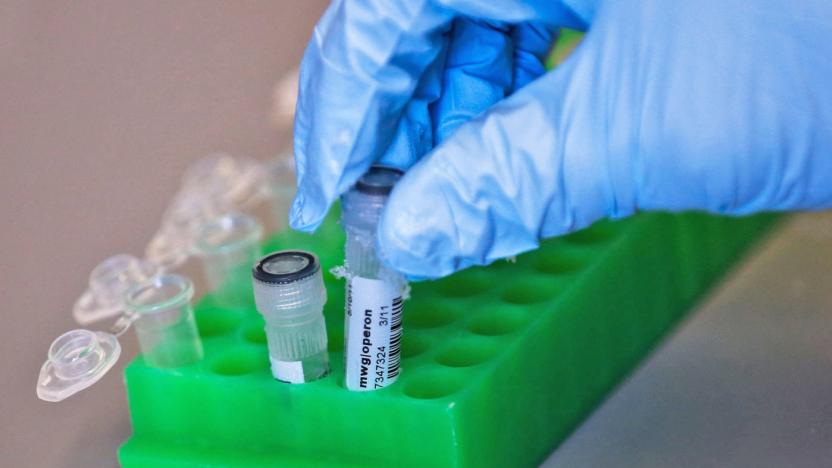
Gene-edited organisms aren't ready for the real world
Gene editing holds the promise of eliminating diseases and perfecting humanity, but is it truly ready for real life? Not by a long shot, if you ask the National Academy of Sciences. It just issued a report warning that organisms modified with gene drives (that is, genetic additions meant to propagate through reproduction) "are not ready" to be released in the wild. We don't understand enough about how they work, the report says, whether it's their inner workings, their ethical questions or their impact on the environment.

Living circuits can handle complex computing
Gene-based circuits are about to get decidedly more sophisticated. MIT scientists have developed a method for integrating both analog and digital computing into those circuits, turning living cells into complex computers. The centerpiece is a threshold sensor whose gene expression flips DNA, converting analog chemical data into binary output -- basically, complex data can trigger simple responses that match the language of regular computers.

RNA gene editing could stop viruses in their tracks
The gene editing technique CRISPR promises to treat all kinds of genetically-linked conditions, but it's so far limited to tweaking DNA, not the RNA that does everything from carrying protein sequence info to regulating gene expression. That may change soon, however. Scientists have discovered that a commonplace mouth bacterium (Leptotrichia shahii) can be programmed to break down whatever RNA you want. You could rip apart viruses, which are frequently based solely around RNA, or kill a cancer cell by denying it the chance to make vital proteins.
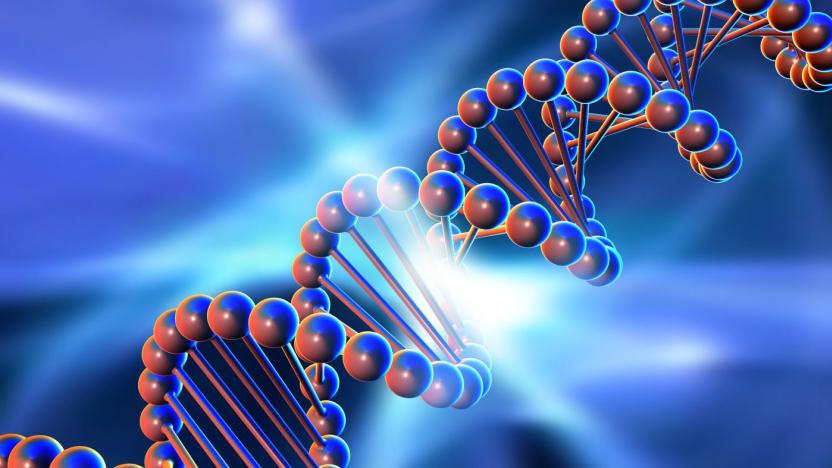
Scientists want to perfect humanity with synthetic DNA
Following a controversial top-secret meeting last month, a group of scientists have announced that they're working on synthesizing human genes from scratch. The project, currently titled HGP-Write, has the stated aim of reducing the cost of gene synthesis to "address a number of human health challenges." As the group explains, that includes growing replacement organs, engineering cancer resistance and building new vaccinations using human cells. But in order for all of that to happen, the scientists may have to also work on developing a blueprint for what a perfect human would look like.
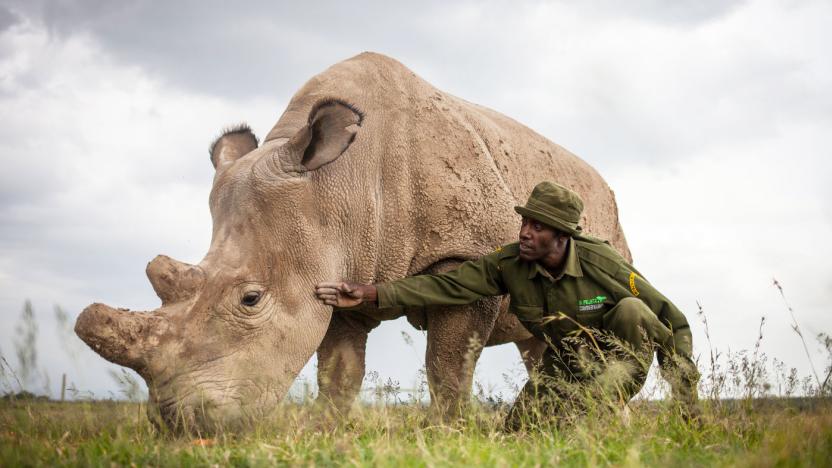
Scientists hope to save near-extinct rhinos by transforming cells
The northern white rhinoceros is in far worse straits than most rhinos. There are just three members of the species left, and they can't breed normally -- if nothing happens, extinction is guaranteed. And that's leading researchers to try a dramatic technological solution to keep the northern white rhino around. They're planning to transform both frozen and living rhino cells into stem cells that could grow into eggs and sperm for the in vitro fertilization of a surrogate southern white rhino. This would not only resurrect the species, but create enough diversity that the new population should survive in the wild.
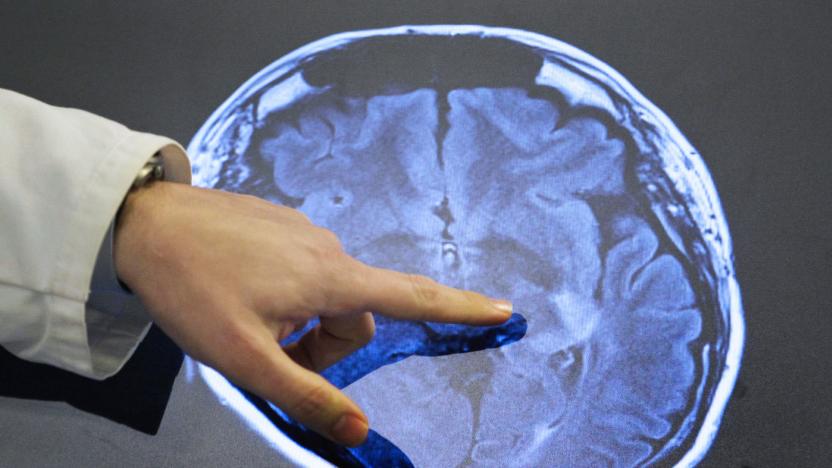
Biotech companies get permission to test brain death reversal
Brain death in humans is normally considered irreversible. Even if you keep the body running, those damaged brain cells just won't recover to the point where you get a fully functioning person again. However, that isn't stopping Dr. Himanshu Bansal and his partners at Bioquark and Revita Life Sciences. They recently received approval from American and Indian review boards to conduct a trial aimed at eventually reversing brain death in humans. The initial, months-long test will use multiple techniques to try and regenerate brains in 20 patients, including lasers, nerve stimulation and injections of both peptides as well as stem cells.

Researchers use light and genes to fight cancer
Scientists have already shown that you can use optogenetics (that is, light-sensitive genes and cells) to treat all kinds of medical conditions. However, it now looks like that technique could conquer one of humanity's biggest nemeses: cancer. Tufts University researchers have successfully used optogenetics to prevent and even reverse tumor growth in experiments. They injected frog embryos with genes that produced light-sensitive ion channels in tumor cells; when you expose those tumors to blue light for long enough (roughly a day) and adjust their electrical signals, they go away.

Scientists redesign the tree of life to add a thousand species
Scientists have been having a hard time figuring out where newly discovered organisms, such as giant viruses, fit in the tree of life. That's especially true for a particular group of researchers who unearthed 1,011 new species within the course of 15 years. In order to accommodate the new organisms they found -- and since life on Earth turned out to be more diverse than what previous generations of scientists thought -- they've decided that it's time to reinvent the evolutionary tree. Besides the 1,011 organisms they discovered, the team also studied the DNA of 2,072 known species to be able to get an accurate representation of nature's diversity.
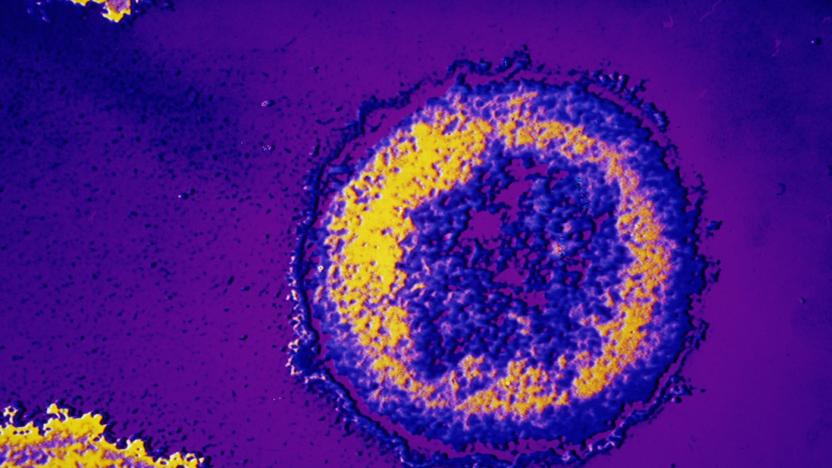
HIV resists attempts to cripple it with gene editing
It's tempting to treat gene editing as a cure-all: surely you can end diseases and viruses by changing or removing the qualities that make them dangerous, right? Well, it's not quite that simple. Researchers trying to cripple HIV by cutting up its DNA (using CRISPR) discovered that some virus samples not only survived the attack, but mutated to resist these incursions. The host T cell actually helped things along by trying to repair the cuts, inserting DNA bases and creating a mutated virus that couldn't be detected by the immune system.

Programming language makes circuits out of bacteria
Biological circuits have been a reality for years. However, making them is no mean feat: you typically have to create everything from scratch, which is impractical for everyone but a specialized genetic engineer. MIT has a better way, though. It developed a programming language that makes it comparatively easy to produce these organic machines -- you just write code (based on existing computer instructions) and get a bacteria-friendly DNA sequence that does what you want. In the lab, sample circuits in E. coli did everything from ranking inputs to measuring oxygen levels.

Scientists identify neurons that help you process emotions
Scientists just got one step closer to understanding the nuts and bolts of how your mind handles emotions. An MIT team has identified two neural connections in the brain's amygdala regions that process positive and negative emotional events. By tagging neuron groups with a light-sensitive protein, they discovered that the neurons form parallel but complex channels that respond differently to given situations. Some neurons within one of those connections will be excited by a feeling, while others will be inhibited -- the combination of those reactions in a given channel may determine the emotion you experience.
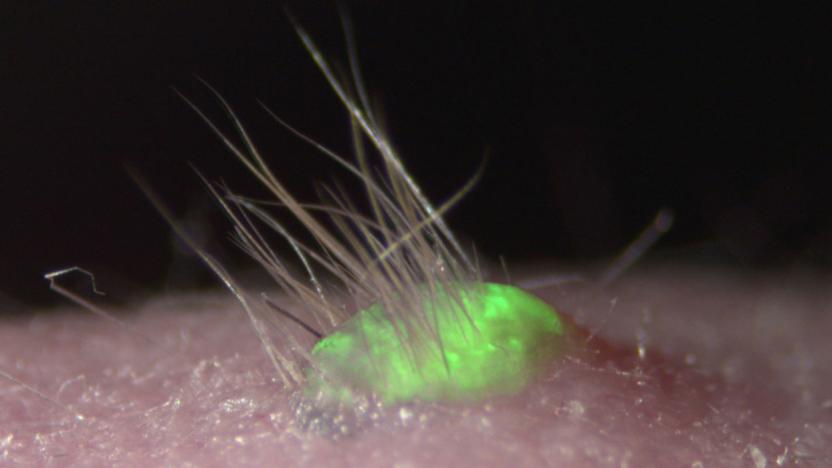
Artificial skin grows hair and sweat glands
You've probably seen artificial skin before, but never has it been quite so... accurate. Japanese researchers have grown skin tissue that not only includes hair follicles, but all the glands that come with it -- including oil and sweat glands. The trick was to take cells from mouse gums, turn them into stem cell-like forms that generate skin, and implant those into mice with immune system deficiencies (which lets the new skin grow unimpeded). The resulting skin was a little creepy -- just look at the wart-like growth above -- but it was healthy, behaved normally and made connections with natural tissue.

Human-made bacteria has the tiniest genome ever
Believe it or not, creating artificial life (albeit based on existing species) isn't new. However, scientists have managed a particularly unusual feat: they've built synthetic bacteria that has the smallest known genome of any lifeform... ever. Their modification of Mycoplasma mycoides has just 473 genes, or so few that it likely couldn't survive and reproduce if you shrank the genome further. The trick was to do a better job of determining which genes were essential. Many of those that weren't deemed necessary in the past turned out to be half of a vital pair, giving researchers a good sense of what they could afford to cut.
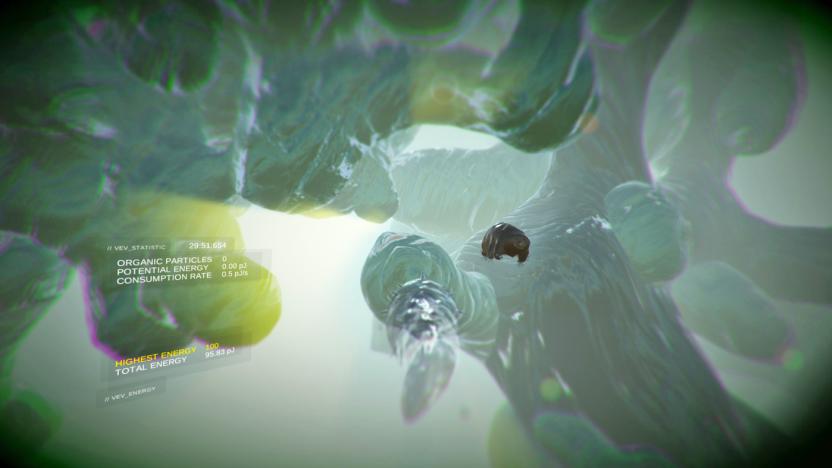
'Viva Ex Vivo' brings the microscopic world to your PS4
Are Fantastic Voyage and Innerspace some of your favorite movies? Do you rewatch Cosmos just to see the microbiology segments? If so, we have the game for you. Truant Pixel has unveiled Viva Ex Vivo, an exploration/survival hybrid for the PlayStation 4 that has you guiding a tiny probe through microscopic worlds like a glop of mud or a tissue sample. It's effectively a biology class writ large. You live or die based on your ability to find organic particles, and innocuous organisms like immune systems and tardigrades are suddenly massive threats. The game even generates mini ecosystems on the fly, so your success may hinge on your ability to understand where you're likely to find sustenance.

23andMe says being a morning person is in your genes
Are you the sort of person who wakes up with the Sun? You might not just have a go-getter attitude to thank for it. The genetics firm 23andMe has published a study which suggests that variances in 15 regions of the human genome (including seven that influence circadian rhythms) affect the likelihood that you're a morning person. No one area instantly flicks the switch, but it adds up -- the more your genes skew a certain way, the more likely you are to think that 6AM is a perfectly reasonable time to hop out of bed.

Scientists predict human thought in real time, nearly every time
Neuroscientists from the University of Washington have decoded brain signals in real-time and with astounding accuracy, as revealed in a recent study published in PLOS Computational Biology. Researchers attached electrodes to the temporal lobes of seven epilepsy patients for roughly one week -- the implants were part of a program that aimed to locate the sources of these patients' seizures, but while the electrodes were active, the patients also participated in this brain-wave study. Researchers were in the neighborhood, after all.

Scientists reanimate tiny frozen animals after 30 years
In 1983, the first consumer mobile phones launched and "Star Wars" meant Return of the Jedi. That year, scientists from Japan's National Institute of Polar Research collected microscopic animals called "tardigrades" from Antarctic tundra. They then placed them in a freezer, where they spent the next 30 years. In 2014, researchers decided to defrost the samples to see if the tiny creatures, also called "moss piglets," would come back to life. When the thawing process completed, two creatures started wriggling immediately, setting a new deep-freeze duration record for tartigrades.




